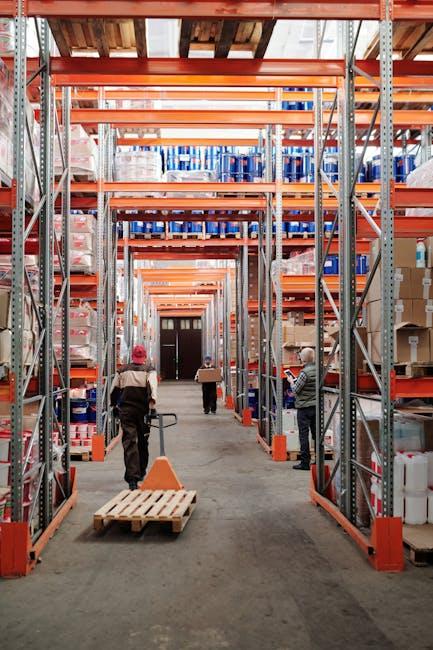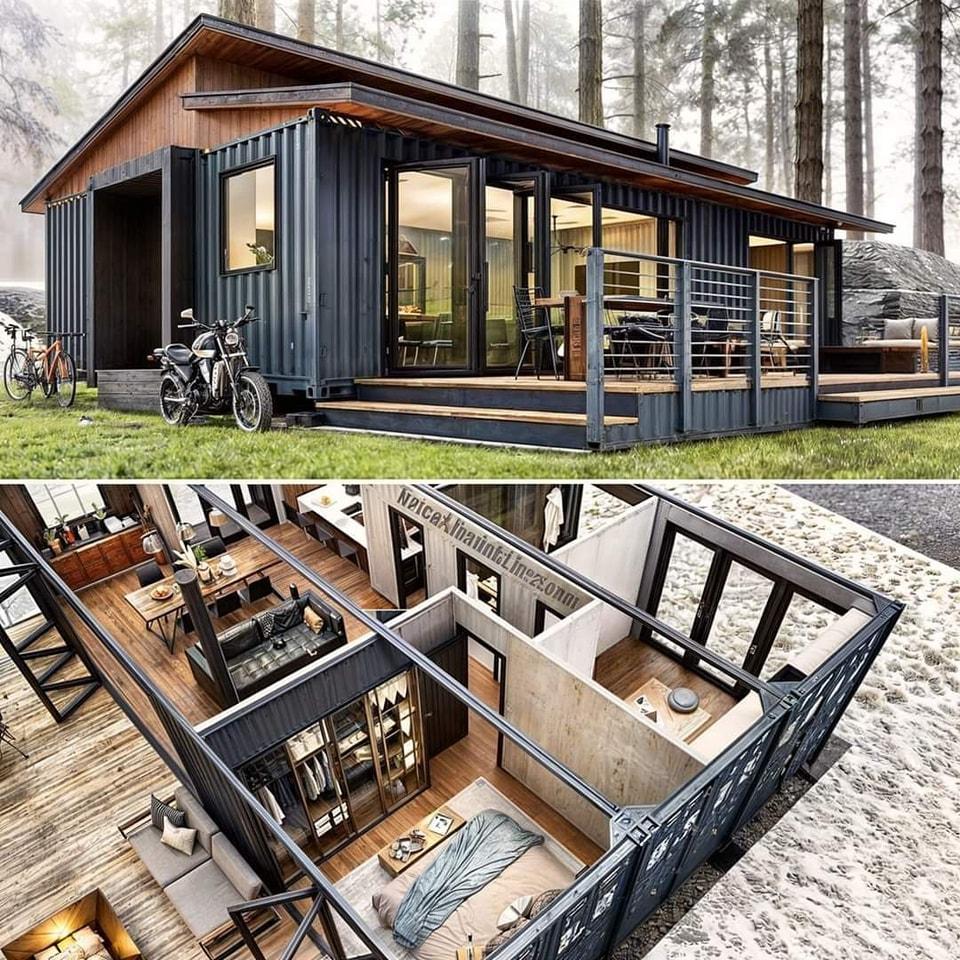In the realm of modern architecture and interior design, the allure of imported materials has captivated designers and homeowners alike, promising a blend of luxury, exclusivity, and international flair. However, as the global landscape shifts towards sustainability and ethical consumption, the question arises: ? This inquiry delves beyond the surface of aesthetic appeal, exploring the multifaceted implications of such choices on economic, environmental, and social levels. By examining the origins, costs, and impacts of imported materials, this article aims to provide a comprehensive analysis of their role in contemporary home design, challenging readers to consider whether the prestige of international goods outweighs the potential consequences on local economies, carbon footprints, and resource equity. With a confident lens, we will navigate through the complexities of this debate, offering insights that encourage a balanced approach to material selection in the pursuit of responsible and sustainable living spaces.
Evaluating the Economic Impact of Imported Materials in Home Design
The allure of imported materials in home design often stems from their exotic origins, unique aesthetics, and perceived quality. However, it’s crucial to assess the economic ramifications of utilizing these materials. Cost implications are the most immediate consideration. Imported materials generally come with higher price tags due to shipping costs, tariffs, and currency fluctuations. This not only impacts the overall budget but also limits accessibility to a broader market of homeowners. Moreover, the reliance on foreign materials can expose the project to international market volatility, potentially delaying timelines and inflating costs unexpectedly.
Beyond direct costs, there are long-term economic effects to consider. Imported materials can contribute to a trade imbalance, affecting the local economy. In contrast, sourcing locally can stimulate regional industries and provide jobs, fostering a more sustainable economic environment. There’s also the potential for increased maintenance costs if imported materials do not adapt well to local climates. Thus, while imported materials might offer an initial appeal, the broader economic impact necessitates a more holistic evaluation of their use in home design.

Assessing the Environmental Consequences of Using Imported Resources
When designing homes with imported materials, it’s essential to weigh the environmental implications of such choices. The journey these materials undertake—from extraction and manufacturing to shipping—leaves a significant carbon footprint. This process often involves the use of non-renewable energy sources and generates substantial greenhouse gas emissions. Furthermore, the extraction of raw materials can lead to habitat destruction and resource depletion in the exporting countries. It’s crucial to consider whether the aesthetic and functional benefits of these materials justify the environmental costs.
Beyond the initial environmental impact, imported materials can also affect the sustainability of a building over its lifespan. Key considerations include:
- Durability: Are the materials long-lasting, reducing the need for replacements?
- Maintenance: Do they require extensive upkeep, potentially involving harmful chemicals?
- End-of-life disposal: Can the materials be recycled or disposed of sustainably?
By evaluating these factors, designers can make more informed decisions, potentially opting for locally-sourced alternatives that align with both aesthetic desires and environmental responsibilities.

Balancing Aesthetic Appeal with Practicality in Material Selection
In the realm of home design, selecting materials that strike a balance between aesthetic allure and functionality is a nuanced art. Designers often find themselves at the crossroads of choosing between the allure of expensive imported materials and the pragmatic benefits of locally sourced options. The choice isn’t merely about price; it’s about understanding the intrinsic value each material brings to the table. Imported materials may offer unique textures, colors, and finishes that can elevate a home’s visual appeal to new heights. Yet, they also come with concerns about environmental impact, supply chain reliability, and long-term sustainability.
- Durability: How long will the material last, and how does it withstand the local climate?
- Maintenance: Does the material require specialized care or treatment?
- Availability: Are there local alternatives that offer similar aesthetics or performance?
- Cost-Benefit Ratio: Does the beauty justify the cost, both financial and environmental?
Ultimately, the choice of materials should align with the homeowner’s values and the architect’s vision, ensuring that beauty does not come at the expense of responsibility. By carefully considering these factors, designers can create spaces that are not only visually stunning but also practical and sustainable.

Recommendations for Sustainable and Cost-Effective Home Design Choices
- Opt for Local and Reclaimed Materials: Incorporating locally sourced materials not only reduces the carbon footprint associated with transportation but also supports regional economies. Reclaimed wood, recycled metal, and repurposed bricks can add a unique character to your home while being environmentally friendly.
- Invest in Energy-Efficient Designs: Prioritizing energy-efficient designs can significantly reduce long-term costs. Consider features such as double-glazed windows, proper insulation, and solar panels. These investments might have an upfront cost, but they offer savings on energy bills and increase the home’s value.
- Focus on Water Conservation: Install low-flow fixtures and rainwater harvesting systems to conserve water. These choices are both sustainable and can lower water bills over time, making them a smart financial decision.
- Choose Sustainable Landscaping: Xeriscaping, or designing with drought-resistant plants, minimizes water usage and maintenance costs. Native plants also support local biodiversity, enhancing the ecological value of your home.
- Utilize Multi-functional Spaces: Designing versatile spaces that serve multiple purposes can reduce the need for excess square footage, lowering both building costs and energy consumption.
By making these conscious design choices, homeowners can create a space that is both sustainable and economically sound, ensuring that luxury does not come at the expense of the planet.



